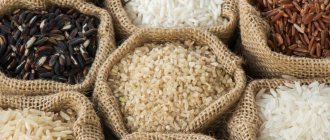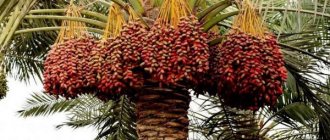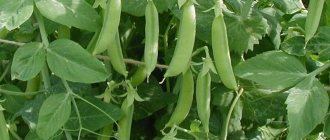Almonds are loved all over the world for their delicate taste and healing properties. The benefits of almonds attract the attention of doctors and healthy eating enthusiasts. Its fruits are a real treasure trove of biologically active compounds.
The Latin name of the nut Amygdalus echoes the name of the Phoenician goddess of beauty Amygdala. The ancient Greeks considered the plant sacred. It was called the tree of Phellis.
Myths tell of a beautiful princess who hanged herself, unable to bear the separation from her beloved. Felida turned into a lifeless tree. When her groom returned, he hugged the trunk, and flowers bloomed on the branches.
This is such a sad story... But we won’t be sad, but let’s talk about the healthiest fruits. They will appeal to anyone who approaches nutrition wisely and consciously.
Almonds - how they grow, how they are collected?
What we think of as a nut are the kernels of the seeds. Almond is the fruit seed of the plant of the same name. It is called a nut for its taste and external resemblance.
The birthplace of culture is the Middle East and South Asia. From there it spread along the shores of the Mediterranean Sea, the countries of Africa, Europe and America. The plant loves warm climates and light, slightly alkaline soils. Does not tolerate harsh winters well.
The fruiting period is limited. After age 25, productivity declines. With good agricultural technology, up to 4 tons of harvest are obtained per hectare. In many respects, almonds are ahead of walnuts, which are popular in our area.
Fruits are collected from individual trees by hand. They are knocked down with a long stick. The nuts fall onto a pre-prepared bedding. After drying, they are peeled manually or in a special machine.
When grown on an industrial scale, harvesting machines are used. They grab the trunk and shake it. The nuts come off the stalks and fall into a special umbrella.
Palmette gardens allow harvesting using converted grape harvesters. The products are cleaned of pericarp, calibrated, and dried. After this, mechanical extraction of the nuclei occurs.
Almond nuts - how do they grow?
The fruits ripen on trees or lush shrubs up to 5 m high. In the wild, they inhabit the slopes of mountains and ravines. They are quite happy with poor soil, steppes, and rocky slopes.
Often there are groups of several trees located five to six meters from each other. Lifespan – 130 years.
Our almonds grow in the south of the Krasnodar Territory, in the Crimea and Transcaucasia. Winter-hardy varieties can withstand frosts down to minus 30 degrees. In Central Russia, almonds are grown as an ornamental crop.
The first seedlings were brought to the Black Sea coast by the ancient Greeks. The plant loves rocky slopes, but feels great along Crimean roads and on the streets of Sevastopol. Wild specimens are found in many places in Crimea. They tolerate drought well.
On the Simferopol-Evpatoria highway, I saw almonds growing for the first time. I couldn’t resist and filled my pockets full of nuts










